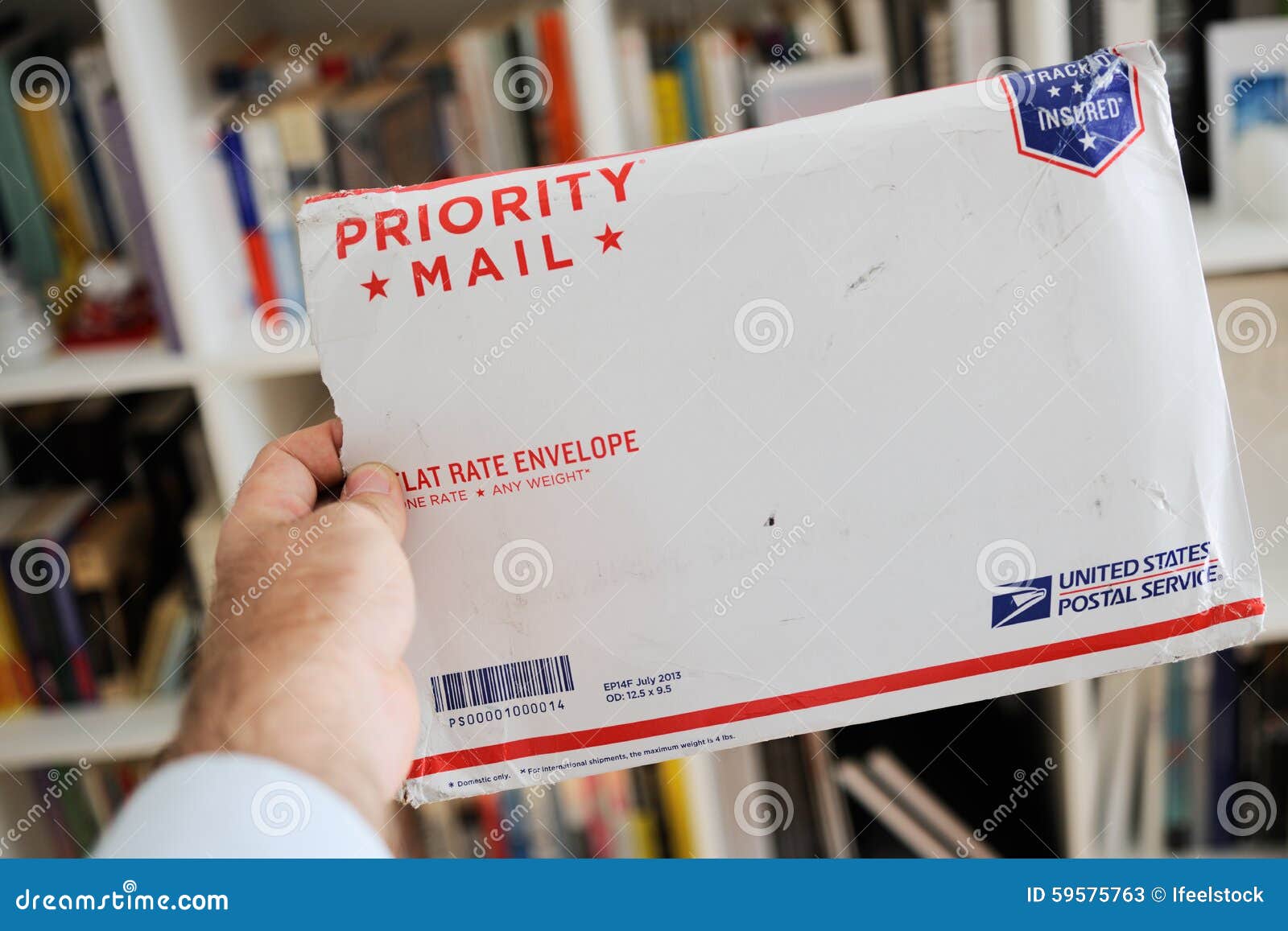

Her parents realized that sending her by mail would be cheaper than buying her a train ticket. However, according to the Smithsonian Magazine, the most famous story of child-mail was Charlotte May Pierstorff, a four-year-old child, weighing forty-eight point five pounds. He rode with the mail clerks, shared his lunch with them and arrived here in good condition.” - New York TimesĬharlotte May Pierstorff | Image credit: Smithsonian Magazine He was transported 25 miles by rural route before reaching the railroad. “The boy wore a tag about his neck showing it had cost 18 cents to send him through the mails. From mailing babies to mailing childrenĪ story in the New York Times published a similar report wherein a grandmother in Stratford, Oklahoma, sent a two-year-old child to his aunt in Wellington, Kansas: However, he considered consulting experts regarding babies’ transportation.
#UNITED STATES PARCEL SERVICE HOW TO#
Hitchcock, being a bachelor, had seriously no idea how to respond to such an inquiry. May I ask you what specifications to use in wrapping, so it would comply with regulations and be allowed shipment by parcel post as the express Co. about getting a baby to rais (Our home being without One). “Sir: I have been corresponding with a party in Pa. On January 16, 1913, Postmaster-General Hitchcock received a letter addressed to him, its sender was asking how to wrap a baby in a suitable way.įt. At least five more children were officially mailed and delivered between 19.Īn article about Baby James sent via mail | Image credit: Postal Museum Mail-order-baby inquiry The Beagles’ story landed in the newspapers, which encouraged other parents to follow suit. Lytle, delivered James to his grandmother, Mrs. “The boy’s parents paid 15-cents for the stamps and even insured their son for $50.” - Nancy Pope Baby James was nearly eleven-pounds, which was still under the weight limit for packages sent via parcel post. In mid-January 1913, Jesse and Mathilda Beagle “mailed” their eight-month-old son James to his grandmother in Batavia, Ohio. Therefore, Americans tested the limit of sending parcels.

Postal Service then failed to specify what could and not could be mailed via the new parcel delivery service. According to Smithsonian’s National Museum curator Nancy Pope, the U.S. Louis, it was already a freshly baked cake. Postal Service delivered was a box of six eggs mailed from St.

Eventually, the maximum weight rose again from twenty to fifty pounds. Since then, the post’s officials increased the allowable weight of packages from eleven to twenty pounds. During its first six months of operations, there were about 300 million parcels already delivered around the country. The parcel service became essential in the United States.

However, because of the convenience of delivering their goods right from their door - the new postal’s system became a phenomenon, as Americans had better access to a wide variety of goods and services. Before 1913, farmers had to bring their goods to the nearest town that was large enough to support an express office, which added to the city’s price for transporting their products. At first, farm families were anxious to accept the new service. Postal Service announced its latest expansion of delivering large parcels or packages nationwide. Parcel Post Service items of boxes created for shipping laundry, eggs, butter, and a queen bee.


 0 kommentar(er)
0 kommentar(er)
